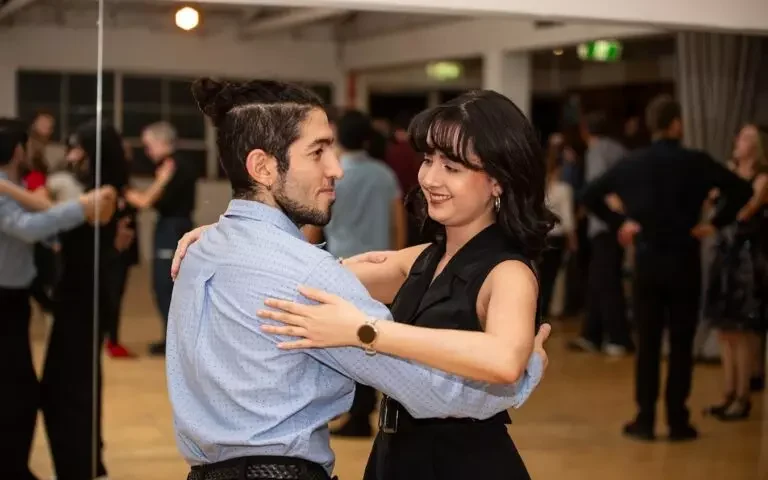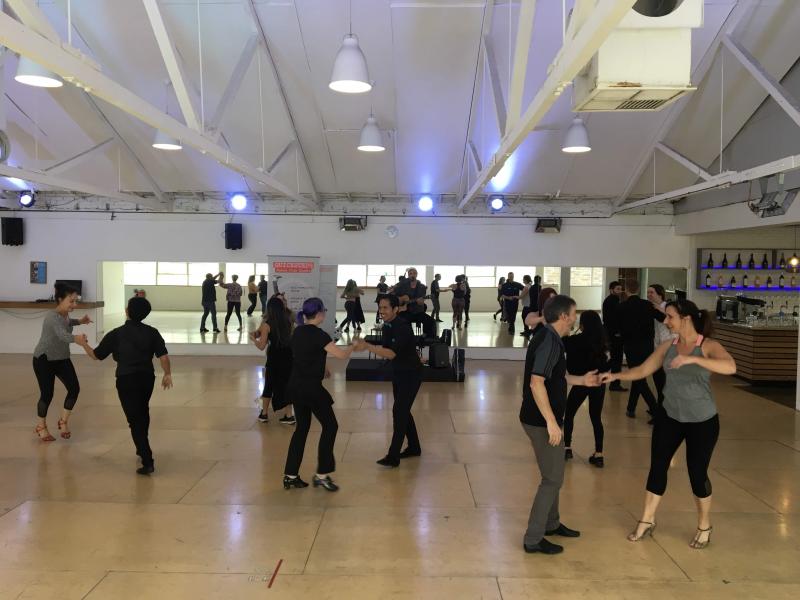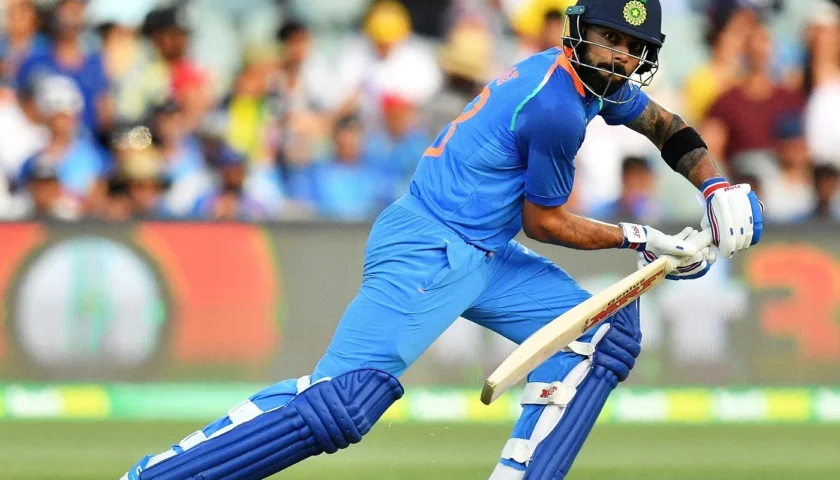Dance has captivated audiences for centuries, blending physical prowess with artistic expression. From the refined elegance of ballet to the explosive energy of breakdancing, every style requires athletic ability and creativity. But where does dance truly belong? Is it more of an art form, or should it be recognized as a sport? In this article, we’ll examine the fine line between dance as an art and dance as an athletic pursuit, exploring styles like ballroom, salsa, and tango to determine whether they lean more toward artistry or athleticism. We’ll also answer the question: Is dance a sport?
The Case for Dance as an Art
At its core, dance is a form of self-expression. Like painting or music, it allows individuals to tell stories, evoke emotions, and communicate ideas without words. Every movement in dance carries meaning, from the delicate grace of a ballet performance to the fiery passion of a tango. Dancers use choreography to craft narratives, making each performance unique and deeply personal.

1. Emotional Connection: Unlike traditional sports, dance focuses on conveying emotions and creating a connection with the audience. The chemistry between ballroom dance partners or the dramatic intensity of a tango duet highlights this artistic element.
2. Creativity: Dance choreography is often original and interpretative. While sports follow strict rules and objectives, dance allows freedom in movement, music selection, and styling.
3. Aesthetic Beauty: Dance is visually captivating. Costumes, lighting, and stage design all contribute to the artistic presentation, making it more akin to theatre than athletics.
Because of these artistic elements, dance is often regarded as a performing art rather than a sport. Competitions exist, but they focus not just on technical execution but also on style, interpretation, and presentation—qualities rarely measured in traditional sports.
The Case for Dance as a Sport
On the other hand, dance requires immense physical ability, discipline, and rigorous training—just like any competitive sport. Professional dancers train for hours daily, developing strength, flexibility, endurance, and precision. The physical demands of dance are comparable to those of gymnastics, figure skating, and even martial arts.
1. Athleticism and Conditioning: Dancers need exceptional core strength, balance, coordination, and cardiovascular endurance. Studies have shown that dancers have fitness levels equivalent to top-level athletes.
2. Competitive Structure: Many forms of dance, such as ballroom dancing and breakdancing, have structured competitions with rules, judging criteria, and rankings, just like in sports.
3. Injury Risks: The risk of injury in dance is significant, similar to sports like soccer or basketball. Dancers frequently suffer from sprains, fractures, and overuse injuries, highlighting the physical toll of the activity.
With breakdancing making its debut in the 2024 Paris Olympics, dance is increasingly being recognized as a competitive sport. Even in styles like ballroom and salsa, dancers must master precise techniques, train their bodies, and compete under strict guidelines, reinforcing the argument for dance as a sport.
Where Do Ballroom, Salsa, and Tango Fit?
Each dance style exists somewhere on the spectrum between sport and art. Let’s take a closer look at ballroom, salsa, and tango to see where they fall:

Ballroom Dance: The Perfect Balance
Ballroom dancing, particularly competitive styles like Latin and Standard, embodies both athleticism and artistry. Dancers train rigorously to execute precise footwork, maintain posture, and perform with stamina. However, ballroom dance is also about connection, grace, and storytelling, making it a blend of sport and art.
Salsa: More Art or Sport?
Salsa dancing is deeply rooted in cultural and social expression, emphasizing musicality and improvisation. While competitive salsa requires intense training, social salsa dancing is more about rhythm, enjoyment, and personal style. As a result, salsa leans more towards art but has competitive elements that give it a sporting edge.
Tango: A Passionate Art Form
Tango, known for its dramatic expression and close connection between partners, is one of the most artistic dance forms. While it demands physical control and stamina, its primary focus is storytelling and musical interpretation, placing it firmly in the art category rather than sport.
The Verdict: A Hybrid Identity
So, is dance more of an art or a sport? The truth is, it’s both. Dance straddles the line between artistic expression and physical discipline, with different styles leaning one way or the other. Competitive dance forms like ballroom and breakdancing exhibit strong athletic traits, while styles like tango and contemporary dance focus more on artistic storytelling.
Ultimately, how dance is perceived depends on the context. In a theatre, it is an art. In a competition, it is a sport. And for many dancers, it is a lifestyle that merges both worlds seamlessly. Whether viewed as an art or a sport, one thing is certain—dance is an extraordinary fusion of strength, skill, and creativity that continues to inspire people around the world.
Also Checkout – Top 10 Famous Salsa Dancers





